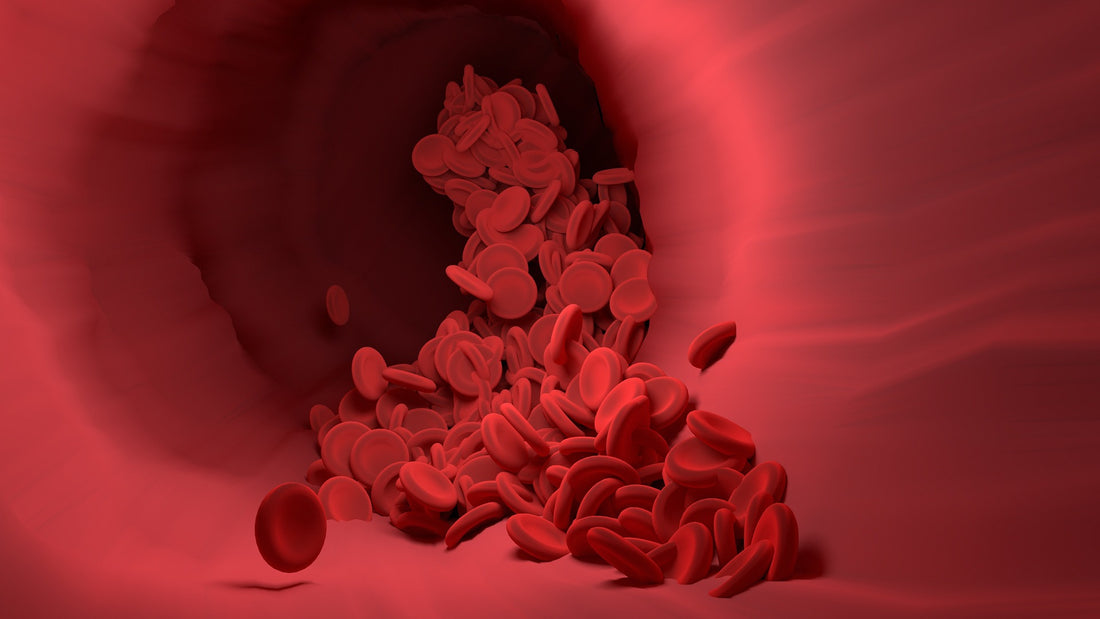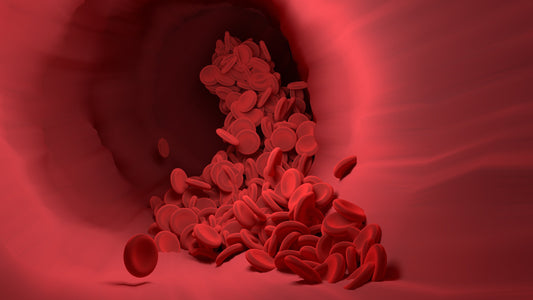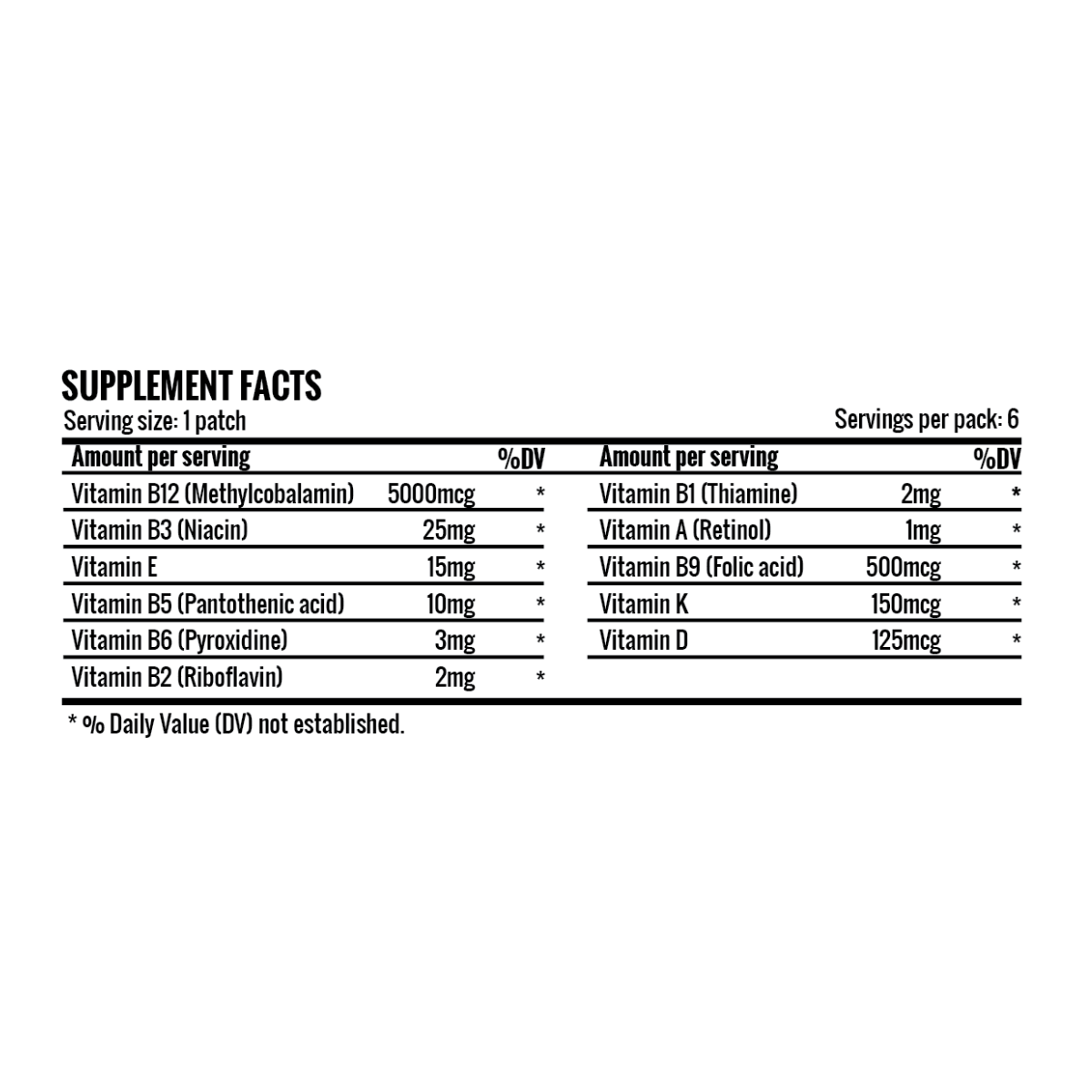Anemia is a common blood disorder that occurs when there are not enough healthy red blood cells or hemoglobin in the body. Red blood cells contain hemoglobin, a protein that carries oxygen from the lungs to the rest of the body. When the body does not have enough red blood cells or hemoglobin, it can lead to a lack of oxygen in the tissues and organs, causing fatigue and other symptoms. Anemia can be mild or severe, and it can affect people of all ages. It is estimated that about 25% of people worldwide have anemia. While anemia can be caused by a variety of factors, it is often treatable with medications, supplements, or lifestyle changes.
History
Anemia has been recognized as a medical condition for thousands of years. The ancient Egyptians and Greeks both described symptoms of anemia in their medical texts. The Egyptian physician Imhotep, who lived around 2500 BC, wrote about the symptoms of anemia in his medical papyrus, including fatigue and paleness. The Greek physician Hippocrates, who lived in the 5th century BC, also described the symptoms of anemia in his medical writings.
Over time, the understanding of anemia and its causes has continued to evolve. In the 19th and early 20th centuries, the discovery of vitamins and minerals helped researchers understand how deficiencies in certain nutrients could lead to anemia. In the mid-20th century, the discovery of erythropoietin, a hormone that stimulates the production of red blood cells, led to new treatments for anemia.
Today, anemia is a well-recognized medical condition that is diagnosed and treated by healthcare professionals around the world. While the understanding of anemia has come a long way, research into the causes and treatments for anemia is ongoing.
Definition
Anemia is defined as a decrease in the number of red blood cells or in the amount of hemoglobin in the blood. There are several different types of anemia, each with its own causes and characteristics. Some common types of anemia include:
- Iron-deficiency anemia: This is the most common type of anemia and is caused by a lack of iron in the body. Iron is necessary for the production of hemoglobin, and a deficiency can lead to a decrease in the number of red blood cells. Iron-deficiency anemia is often caused by a lack of iron in the diet, blood loss, or an inability to absorb iron.
- Sickle cell anemia: This is an inherited type of anemia caused by a genetic mutation in the hemoglobin gene. The mutated hemoglobin causes the red blood cells to become stiff and crescent-shaped, leading to a decrease in their ability to carry oxygen. Sickle cell anemia is more common in people of African descent.
- Pernicious anemia: This type of anemia is caused by a deficiency of vitamin B12. Vitamin B12 is necessary for the production of red blood cells and a deficiency can lead to anemia. Pernicious anemia is often caused by an inability to absorb vitamin B12 due to a lack of a substance called intrinsic factor.
Anemia can also be classified based on the severity of the condition. Mild anemia may not cause any symptoms, while severe anemia can be life-threatening. The treatment for anemia will depend on the type and severity of the condition.
Causes
There are many different causes of anemia, including:
- Blood loss: Anemia can occur if the body is losing blood faster than it can replace it. This can happen due to bleeding from an injury, surgery, or a medical condition such as ulcers or cancer.
- Poor diet: Anemia can result from a lack of nutrients in the diet, particularly iron, folic acid, and vitamin B12.
- Chronic disease: Certain medical conditions, such as kidney disease, rheumatoid arthritis, and Crohn's disease, can cause anemia.
- Inherited conditions: Some types of anemia, such as sickle cell anemia and thalassemia, are inherited genetic conditions.
Symptoms
The symptoms of anemia can vary depending on the severity of the condition and the underlying cause. Common symptoms include:
- Fatigue
- Weakness
- Pale skin
- Shortness of breath
- Rapid heartbeat
- Dizziness or lightheadedness
Exams and Tests
There are several exams and tests that a healthcare provider may use to diagnose anemia. These tests can help identify the type and cause of the anemia and determine the best course of treatment.
-
Complete blood count (CBC): This is a common test that measures the number and types of cells in the blood, including red blood cells and hemoglobin. The CBC also measures the size and shape of the red blood cells and the amount of white blood cells and platelets. A CBC can help diagnose anemia and determine the cause, such as iron deficiency or a vitamin deficiency.
- Iron studies: These tests measure the levels of iron and other substances in the blood that are involved in the production of red blood cells. Iron studies can help diagnose iron-deficiency anemia and determine the cause of the deficiency.
-
Vitamin B12 and folate levels: These tests check for deficiencies of these nutrients, which are important for the production of red blood cells. A deficiency in either of these nutrients can cause anemia.
- Blood smear: This test involves looking at a sample of the patient's blood under a microscope to examine the size and shape of the red blood cells. An abnormal shape or size can indicate a specific type of anemia, such as sickle cell anemia.
- Genetic testing: In some cases, a healthcare provider may order genetic testing to identify inherited conditions that can cause anemia, such as sickle cell anemia or thalassemia.
Other tests that may be used to diagnose anemia include a reticulocyte count, which measures the number of young red blood cells in the blood, and a bone marrow biopsy, which involves taking a sample of bone marrow for analysis.
Treatment
The treatment for anemia depends on the underlying cause of the condition. Some common treatment options include:
-
Iron supplements: If anemia is caused by iron deficiency, an iron supplement may be prescribed. Iron supplements can be taken orally in the form of tablets, capsules, or liquid. It is important to follow the dosage instructions provided by a healthcare provider and to take the supplements with food to reduce the risk of stomach upset.
-
Vitamin supplements: If anemia is caused by a deficiency of vitamin B12 or folate, these supplements may be recommended. Vitamin B12 can be taken as a shot or as a pill, while folate can be taken as a pill or added to food.
- Blood transfusion: In some cases, a blood transfusion may be necessary to replace lost red blood cells. A blood transfusion involves injecting healthy red blood cells into the patient's bloodstream. Blood transfusions are typically only needed in severe cases of anemia or for emergency situations.
- Medications: Certain medications, such as folic acid or erythropoietin, may be prescribed to stimulate the production of red blood cells. These medications can be taken orally or injected.
- It is important to follow the treatment plan provided by a healthcare provider and to report any side effects or concerns. In some cases, lifestyle changes, such as eating a healthy diet with iron-rich foods or taking steps to prevent blood loss, may also be recommended as part of the treatment plan.
Possible Complications
Untreated or severe anemia can lead to serious complications, including:
- Heart problems: Anemia can cause the heart to work harder to pump blood, leading to an enlarged heart or heart failure. The heart may also not be able to pump enough oxygen-rich blood to the body, leading to symptoms such as chest pain, shortness of breath, and fainting.
- Pregnancy complications: Anemia during pregnancy can increase the risk of preterm labor and delivery, as well as low birth weight. Anemia can also cause fatigue and other symptoms that can affect the mother's quality of life.
- Other complications: Severe anemia can also lead to complications such as difficulty concentrating, impaired physical performance, and a weakened immune system. Anemia can also increase the risk of complications during surgery or other medical procedures.
It is important to seek medical treatment for anemia to prevent these complications. With proper treatment, most people with anemia can lead healthy, active lives.
Reference
- World Health Organization. (2019). Anemia. Retrieved from https://www.who.int/news-room/fact-sheets/detail/anemia
- Mayo Clinic. (2019). Anemia. Retrieved from https://www.mayoclinic.org/diseases-conditions/anemia/symptoms-causes/syc-20351360
-
National Heart, Lung, and Blood Institute. (2020). Anemia. Retrieved from https://www.nhlbi.nih.gov/health-topics/anemia
- American Society of Hematology. (2020). Anemia. Retrieved from https://www.hematology.org/Patients/Anemia/














